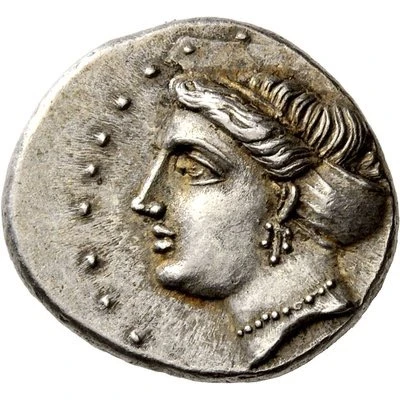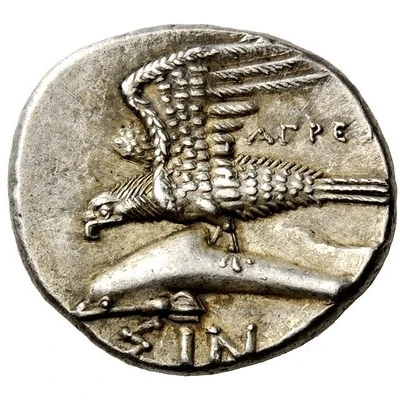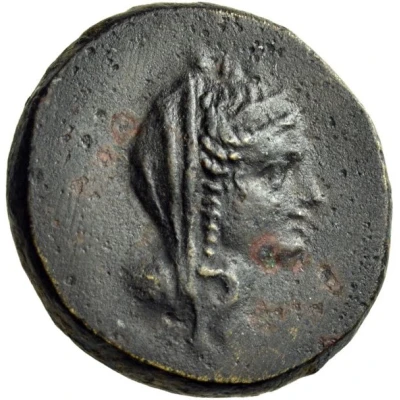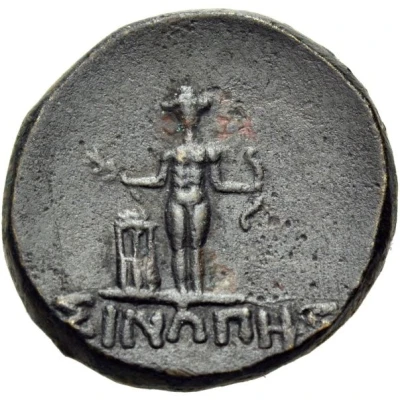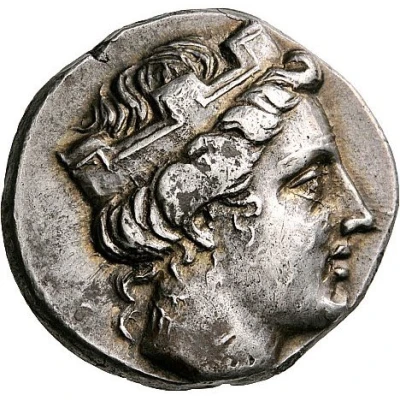
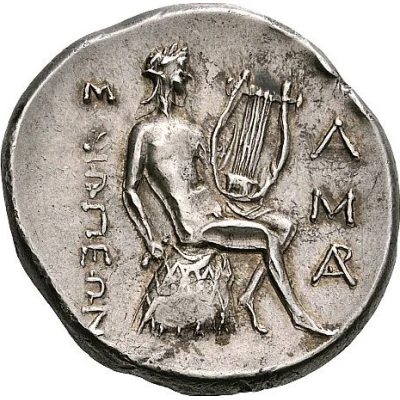

© Nomos AG
Tetradrachm 330 BC - 300 BC
| Silver | 17.10 g | - |
| Issuer | Sinope (Paphlagonia) |
|---|---|
| Type | Standard circulation coin |
| Years | 330 BC - 300 BC |
| Value | Tetradrachm (4) |
| Currency | Drachm |
| Composition | Silver |
| Weight | 17.10 g |
| Shape | Round (irregular) |
| Technique | Hammered |
| Demonetized | Yes |
| Updated | 2024-10-10 |
| Numista | N#182195 |
|---|---|
| Rarity index | 100% |
Reverse
Apollo seated right on omphalos, holding his lyre with his left hand and holding a plektron with his right
Script: Greek
Lettering:
ΣΙΝΩΠΕΩΝ
Α
Μ
ΑΡ
Interesting fact
The Tetradrachm coin from Sinope (Paphlagonia) was used as a form of currency in the ancient Greek city of Sinope, which is now located in modern-day Turkey. The coin features an image of the goddess Athena on one side and a portrait of the ruling king on the other. The Tetradrachm was an important coin in the ancient Greek world, as it was widely used for trade and commerce. It was also used as a standard unit of account, with other coins being valued in relation to it. It's interesting to note that the Tetradrachm coin from Sinope (Paphlagonia) was made of silver, which was a valuable and widely used metal in ancient times. The coin's weight of 17.10 grams is also notable, as it indicates that it was a substantial coin with a high value. Overall, the Tetradrachm coin from Sinope (Paphlagonia) is an interesting piece of history that provides insight into the economic and cultural practices of ancient Greece.
